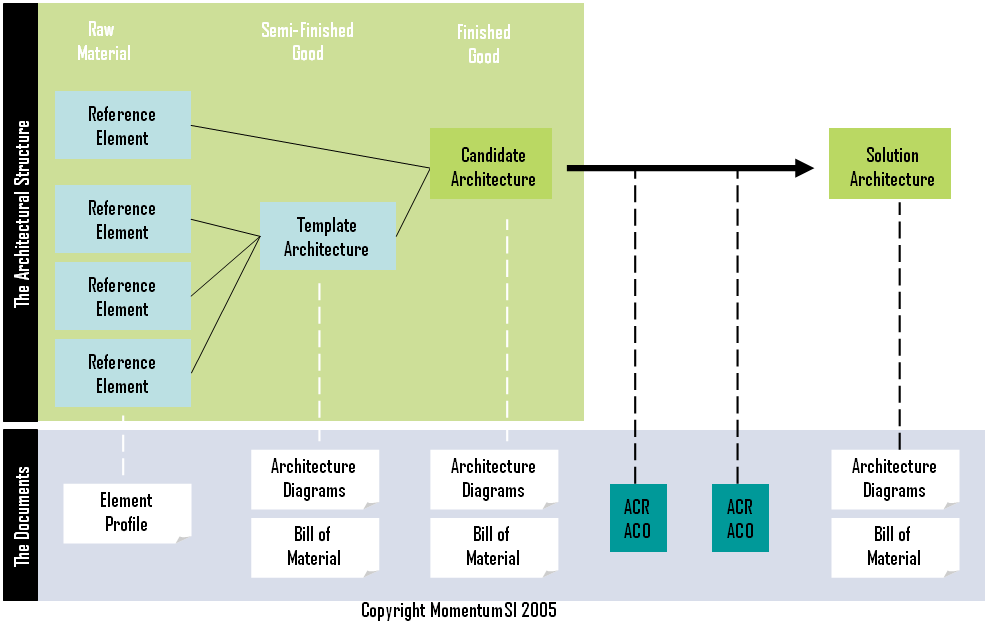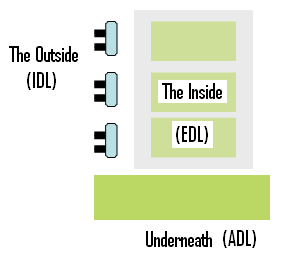We're basing the consultants in one of three delivery centers:
- Austin / Dallas, Texas
- Reston / Washington D.C.
- San Francisco / Silicon Valley
------------------------------------------------------
The Service Architect
At Momentum, the Service Architect is responsible for analyzing architectural requirements and translating into service based solutions. The architect will work with various existing architectural styles (monolithic, client/server, 3-tiered) and modify those systems to accommodate a service based approach. The architect will also be responsible for identifying SOA based solutions to the non-functional requirements (security, transactional integrity, reliability, availability, agility, etc.) Lastly, the Service architect will be instrumental in creating Software Architecture Documents, identifying components, estimating time-to-transition, providing guidance to designers and developers and linking architectural investments back to financial returns.
Requirements:
The SOA Architect must be well versed in Enterprise Architecture, Service Oriented Architecture (SOA), J2EE and or .NET Architecture.
Full life-cycle implementation experience (requirements, design, implementation, integration, testing).
Experience designing and implementing n-tiered application architectures.
Fluency in first generation web services standards, technologies and tools (e.g., XML, SOAP, WSDL, UDDI, BPEL, etc.).
A strong distributed computing background is a requirement (CORBA, RPC, DCE, DCOM, RMI).
Familiarity with messaging systems is a plus (Tibco, WebMethods, MQ, SeeBeyond).
Familiarity with commercial Web service products is a plus (Systinet, Blue Titan, etc.).
Knowledgeable on WS-* standards.
Other:
- Strong interpersonal, strategic oriented thinking and excellent written and verbal skills are essential.
- Ability to present professionally and persuasively to C-level executives.
- A minimum of 10 years experience overall in software development.
- A degree in Computer Science is preferred.
- Travel is required for this position.
About MomentumSI
MomentumSI is a pioneer in service oriented architecture, integration, and application development. Since 1997, the company has built a reputation as a leader in architecting large scale distributed computing solutions for IT organizations. Today, MomentumSI is at the forefront of service oriented architecture and integration for enterprises. We built the first Web service orchestration server for .NET and have been an active member of Web services standards groups, such as OASIS. Momentum continues to invest our SOA practice and is looking for the best of the best to join us.

